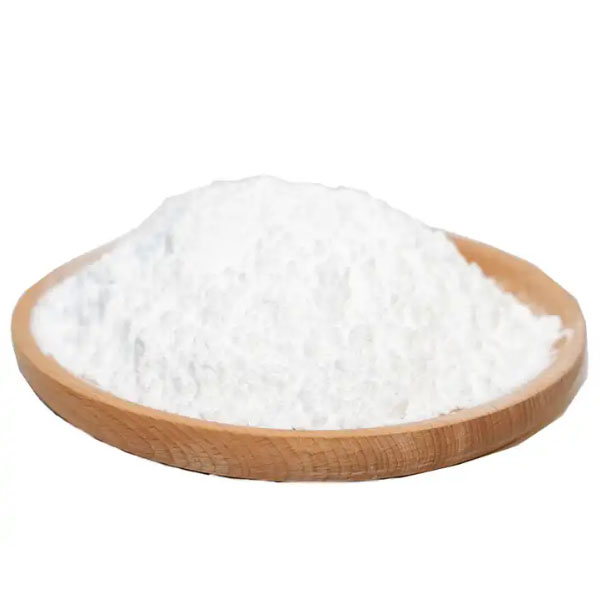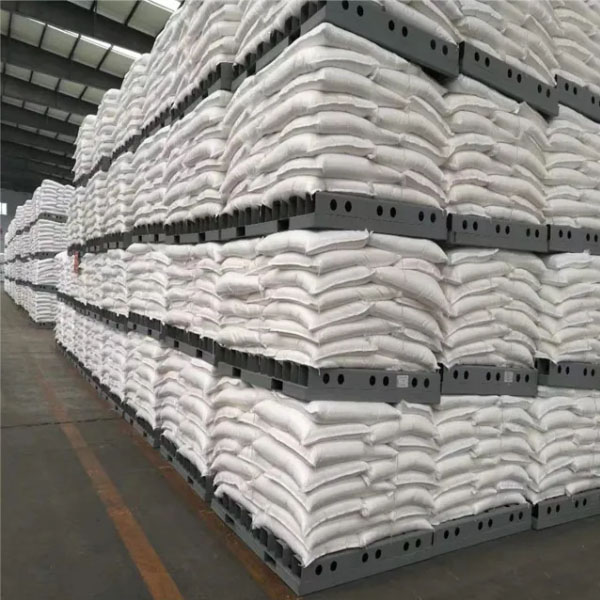Exploring the Versatility of Sodium Polyacrylate: A Multi-functional Polymer
Sodium polyacrylate, a superabsorbent polymer (SAP), is renowned for its exceptional water-absorbing capabilities. This versatile polymer, derived from acrylic acid, has a unique chemical structure that allows it to absorb and retain large quantities of water—up to 300 times its weight. Its applications span various industries, making it an essential material in modern manufacturing and environmental management.
Chemical Structure and Properties
Chemical Composition
Sodium polyacrylate consists of repeating units of acrylic acid polymerized to form long chains. The presence of sodium ions contributes to its solubility in water, enabling the polymer to swell and trap moisture effectively. This property is crucial for its functionality across diverse applications.
Superabsorbent Characteristics
The ability of sodium polyacrylate to absorb water is not limited to pure water; it can also absorb various aqueous solutions, including bodily fluids. This adaptability makes it particularly valuable in hygiene products and medical applications. When sodium polyacrylate absorbs liquid, it transforms into a gel-like substance, which can be utilized for moisture retention in agricultural practices and environmental applications.

Applications of Sodium Polyacrylate
1. Hygiene Products
Sodium polyacrylate is extensively used in hygiene products due to its superior absorption properties:
Diapers: In paper diapers, sodium polyacrylate provides excellent permeability and moisture retention, ensuring dryness and comfort for infants. Its strong absorptive capacity prevents leakage and maintains skin health.
Sanitary Napkins: In feminine hygiene products, sodium polyacrylate quickly absorbs menstrual fluid, providing high absorption capacity and moisture resistance, which enhances user comfort.
Pet Pads: Similar to its use in diapers, sodium polyacrylate is employed in pet pads to absorb urine effectively, keeping the surface dry and odor-free.
2. Agricultural Applications
Sodium polyacrylate plays a significant role in agriculture by enhancing soil properties:
Soil Conditioning: It acts as a soil conditioner by improving water retention in arid regions. When mixed with soil, it absorbs rainwater and releases it gradually, reducing the need for frequent irrigation.
Seed Germination: The presence of sodium polyacrylate can improve seed germination rates by maintaining optimal moisture levels in the soil.
Fertilizer Efficiency: It helps in the slow release of fertilizers, thereby increasing their effectiveness and reducing runoff.
3. Water Treatment
In the field of water treatment, sodium polyacrylate is utilized for:
Flocculation: It aids in coagulating suspended particles in wastewater treatment processes, facilitating their removal from water.
Erosion Control: Sodium polyacrylate can be applied to soil to prevent erosion by enhancing moisture retention and reducing runoff.
4. Construction Industry
Sodium polyacrylate is increasingly being used as an additive in construction materials:
Concrete Additive: It improves the workability of concrete mixtures while reducing the required water content. This results in stronger and more durable concrete structures.
Sealants: As an internal sealant in cement-based materials, sodium polyacrylate enhances impermeability and structural integrity.
5. Medical Applications
In medical settings, sodium polyacrylate is leveraged for its absorbent properties:
Drug Carriers: It can be used as a carrier for controlled drug delivery systems.
Wound Dressings: Sodium polyacrylate's ability to absorb exudate makes it suitable for use in advanced wound dressings.
6. Consumer Products
Beyond industrial applications, sodium polyacrylate finds its way into various consumer products:
Ice Packs: Used in instant ice packs, it absorbs water quickly to form cooling gel packs.
Waterproof Tapes: In electrical applications, sodium polyacrylate serves as a waterproofing agent for cables.

Environmental Considerations
While sodium polyacrylate offers numerous benefits across industries, its environmental impact is a topic of ongoing research. Efforts are being made to enhance the biodegradability of this synthetic polymer to mitigate potential ecological concerns associated with plastic waste.
Future Prospects
As industries continue to innovate, the demand for versatile materials like sodium polyacrylate is expected to grow. Research into sustainable alternatives and improvements in biodegradability will likely shape the future landscape of superabsorbent polymers.

Conclusion
Sodium polyacrylate stands out as a multi-functional polymer with diverse applications that enhance product performance across various sectors. Its unique properties not only improve efficiency but also contribute significantly to environmental management efforts. As technology advances and sustainability becomes increasingly important, sodium polyacrylate will continue rocesses and everyday consumer products.




